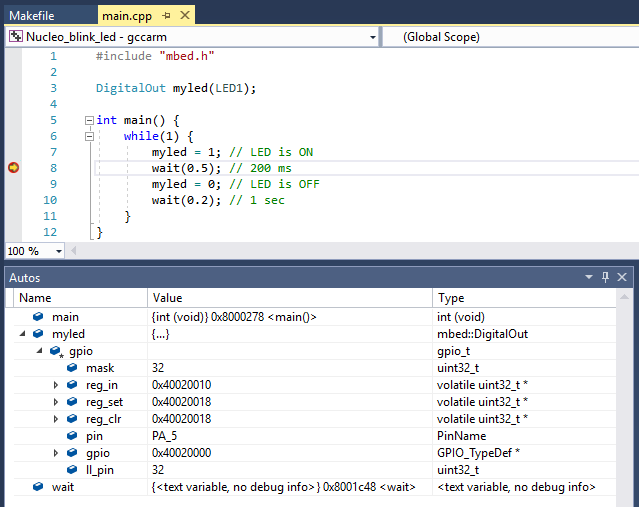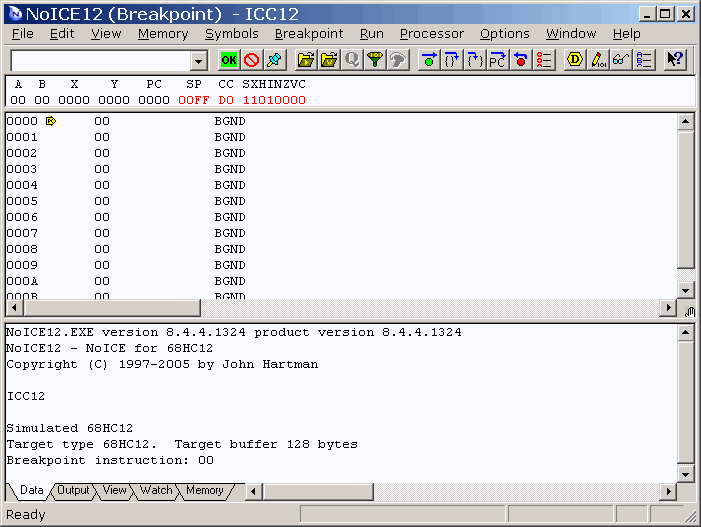
#NOICE DEBUGGER AND WINDOWS 10 WINDOWS#
This is only available on Windows and Linux. noice threads: a new command line flag (-t or -threads) has been added to specify the number of threads to use.Additionally, RGBA is no longer required to denoise AOVs from a given EXR file. Every RGB channel to be denoised will benefit from an associated variance AOV.

Also, per-AOV variances will be used if present.
noice AOV denoising: AOVs are now fully denoised individually for increased quality at the expense of run time. Noice -i RGBA.exr -i light_AOVs.exr -i features.exr -l light_AOV1 -l light_AOV2 -o denoised_RGBA.exr -o denoised_light_AOVs.exr source frame number 5 will take into account frames 3, 4, 5, 6, and 7): (#6899) In this example, noice will run for 10 consecutive frames starting at frame 5, taking into account two frames before and two frames after each source frame (e.g. Another new argument (-ef n or -extraframes n) specifies how many additional source frames before and after the current one should be used, for improved stability in animation sequences. Noice sequence handling and extra frames: A new argument (-f n or -frames n) has been added to noice to denoise image sequences. This option is now deprecated and, if no problems are raised, in a future release we will remove this and the other texture_*_blur options. In addition, the texture_diffuse_blur option is now defaulted to 0 so that sharper and more accurate diffuse reflections can be seen without texture performance being negatively impacted. More efficient texture mapping: EXR textures can now be read more quickly. 
We can now prevent DLL conflicts when users have installed renderers from other vendors that link to a different/older version of the OptiX libraries, which was causing plugins (such as MtoA) to refuse to load. Improved stability with incompatible OptiX versions: We have removed the hard dependency on the Nvidia OptiX library needed for GPU denoising.






 0 kommentar(er)
0 kommentar(er)
